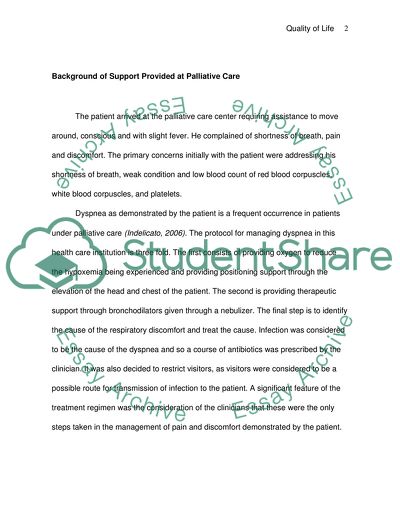Cite this document
(Improving or Enhancing Quality of Life Research Paper, n.d.)
Improving or Enhancing Quality of Life Research Paper. Retrieved from https://studentshare.org/social-science/1716554-improvingenchancing-quality-of-life
Improving or Enhancing Quality of Life Research Paper. Retrieved from https://studentshare.org/social-science/1716554-improvingenchancing-quality-of-life
(Improving or Enhancing Quality of Life Research Paper)
Improving or Enhancing Quality of Life Research Paper. https://studentshare.org/social-science/1716554-improvingenchancing-quality-of-life.
Improving or Enhancing Quality of Life Research Paper. https://studentshare.org/social-science/1716554-improvingenchancing-quality-of-life.
“Improving or Enhancing Quality of Life Research Paper”, n.d. https://studentshare.org/social-science/1716554-improvingenchancing-quality-of-life.


